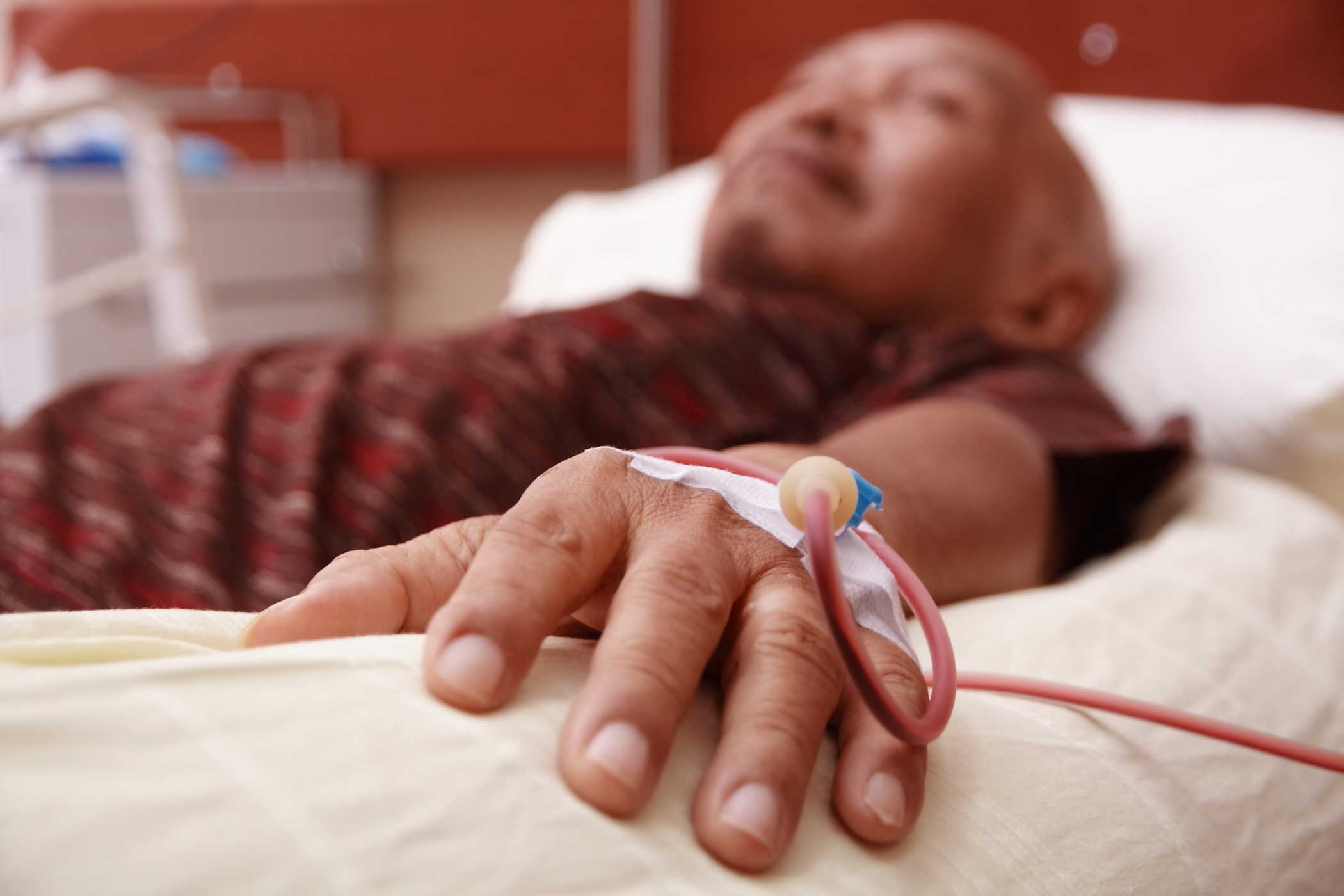Contents:
- Medical Video: Initiating Dialysis with a Fistula or Graft
- What is meant by vascular access?
- What is an arteriovenous fistula?
- What is arteriovenous graft?
- What is a venous catheter?
- What problems can be caused by vascular access?
Medical Video: Initiating Dialysis with a Fistula or Graft
What is meant by vascular access?
Vascular access is the lifeline of hemodialysis patients. Vascular access makes hemodialysis treatment possible saving lives. Hemodialysis is a treatment for kidney failure that uses a machine to send the patient's blood through a filter, called a dialyzer, outside the body. Access is vein surgery made to remove and restore blood during hemodialysis.
Blood flows through needles, several ounces at a time. The blood then moves through a tube that takes it to the dialyzer. Inside the dialyzer, blood flows through thin fibers that filter out waste and extra fluid. The machine returns blood filtered to the body through a different tube. Vascular access allows a large amount of continuous blood flow during hemodialysis treatment to filter out as much blood as possible for each treatment. About 500 ml of blood flows through the machine every minute. A vascular access must be made several weeks or months before the first hemodialysis treatment.
Two types of vascular access designed for long-term use include an arteriovenous (AV) fistula and AV graft. The third type of vascular access is a catheter vein for short-term use.
What is an arteriovenous fistula?
An AV fistula is a connection, made by a vascular surgeon, from an artery to a vein. Arteries carry blood from the heart to the body, while veins carry blood from the body back to the heart. Vascular surgeons specialize in vascular surgery. The surgeon usually places an AV fistula in the arm or upper arm. The AV fistula causes extra pressure and extra blood to flow into the vein, so it grows large and strong. Larger veins provide easy, reliable access to blood vessels. Without this kind of access, regular hemodialysis sessions will not be possible. Unregulated veins cannot withstand needle insertion repeatedly. Veins will be damaged like a broken straw due to strong suction power.
Health care providers recommend AV fistulas because:
- provide good blood flow for dialysis
- last longer than other types of access
- less chance of infection or causing blood clots than other types of access
Before the operation of the AV fistula, the surgeon can carry out a blood smear mapping test. Vessel mapping uses Doppler ultrasound to evaluate blood vessels that surgeons can use to make AV fistulas. Ultrasound uses a device, called a transducer, which reflects sound waves in the organ to make an image of the organ's structure. A trained technician specifically performs procedures at the health care provider office, outpatient center, or hospital. A radiologist who specializes in interpreting medical image imaging. The patient is not anesthetized. Doppler ultrasound shows how much and how fast blood flows through arteries and veins so that surgeons can choose the best blood vessels to use.
A surgeon performs AV fistula surgery at an outpatient center or hospital. Vascular access procedures may require an overnight stay in the hospital; However, many patients go home afterwards. Health care providers use local anesthesia to numb the area where the surgeon creates an AV fistula.
AV fistulas often require 2 to 3 months to form, or can be used, before the patient can use them for hemodialysis. If the AV fistula fails after surgery, the surgeon must repeat the procedure.
What is arteriovenous graft?
AV graft is a looped plastic tube that connects arteries to veins. A vascular surgeon performs AV graft surgery, such as AV fistula surgery, in an outpatient center or hospital. As with AV fistula surgery, patients may need to stay in the hospital, although many patients can go home after the procedure. A health care provider uses local anesthesia to numb the area where the surgeon creates the AV graft.
A patient can usually use AV graft 2 to 3 weeks after surgery. AV grafts are more likely than AV fistulas to have problems with infection and clotting. Blood clots can block blood flow through damaged semen. However, a good transplant can last several years.
What is a venous catheter?
A venous catheter is a tube that is inserted into a vein in the neck, chest, or leg near the groin, usually only for short-term hemodialysis. The tube is divided into two tubes out of the body. The two tubes have a top that is designed to connect to the pathway that brings blood to the dialyzer and the channel that carries blood from the dialyzer back to the body. A person must close the clamp whenever connecting and removing the catheter from the tube.
If kidney disease has developed rapidly, patients may not have time to place an AV fistula or AV graft before starting hemodialysis treatment.
A nephrologist, a doctor who specializes in kidney problems or a radiologist, uses medical imaging equipment to perform surgery for the procedure of vein catheter placement in a hospital or outpatient center. The patient receives local anesthesia and sedation to remain calm and relaxed during the procedure.
Venous catheters are not ideal for long-term use. With a venous catheter, patients can experience blood clots, infections, or injuries to the veins, causing blood vessels to narrow. However, if the patient needs to start hemodialysis directly, the venous catheter will work for weeks or months until the surgeon can perform long-term access surgery and the AV fistula or AV graft has time to be used.
If fistula or graft surgery is not successful, the patient will need access to a long-term venous catheter. When a patient needs a venous catheter for more than 3 weeks, the surgeon will make a "tunnel" of the catheter under the skin, rather than inserting it directly into the vein. A catheter tunnel is more comfortable and has fewer problems. But the tunnel catheter can also be infected.
What problems can be caused by vascular access?
All three types of vascular access (AV fistula, AV graft, and catheter vein) can cause problems that require further treatment or surgery. The most common problems include infection of access and low blood flow due to blood clots being accessed.
Infection and low blood flow occur less frequently in AV fistulas that are well formed than in the AV graft and venous catheter. However, having an AV fistula does not guarantee access will be trouble free.
The AV graft more often experiences low blood flow, indications of clotting or narrowing of access. A damaged AV may require angioplasty, a procedure to widen a narrow section. Another option involves surgery on the AV graft which is to replace the narrow part.
The venous catheter is most likely to cause infection and clotting problems. If this problem develops, the use of drugs can help. Antibiotics are drugs that fight bacteria that can cause infection. Blood thinners like warfarin make blood avoid clotting. If this treatment fails, a nephrologist or radiology intervention specialist will need to replace the catheter.












